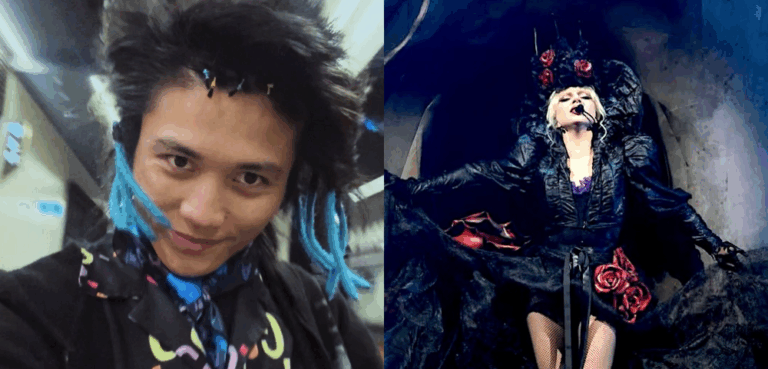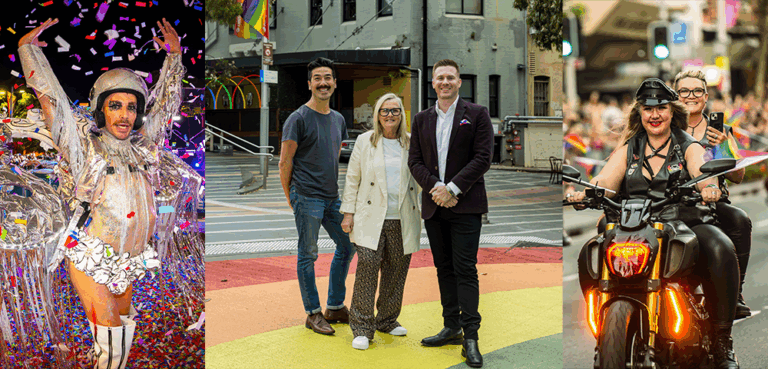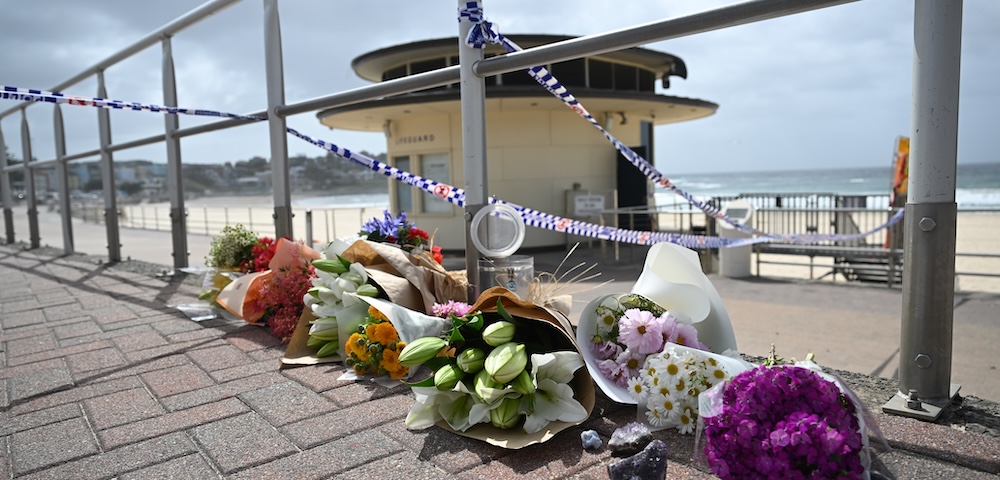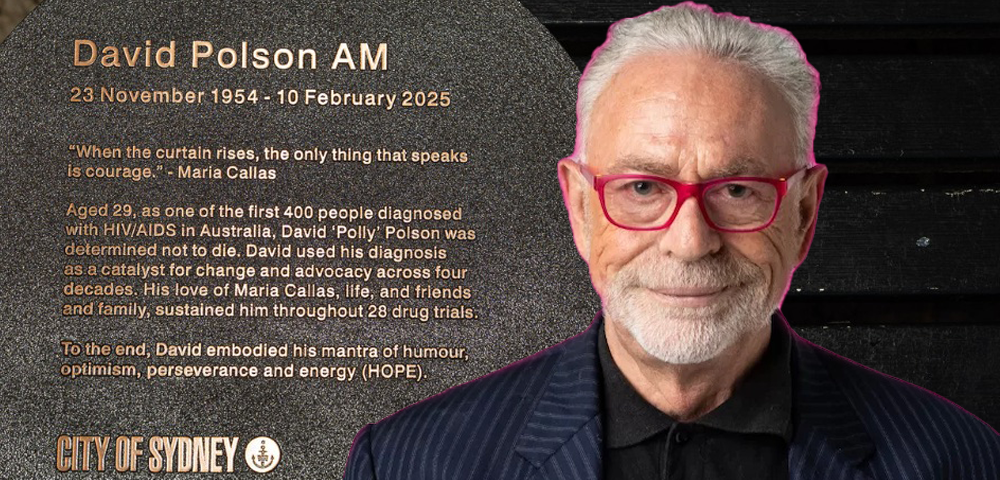
Ruby’s dirty secrets
B Ruby Rich is thankful that she moved to San Francisco in her monogamous middle-age. It means she can avoid those awkward moments at community events where you run the risk of bumping into a plethora of ex-lovers.
[The opening night of the San Francisco gay and lesbian film festival is] the one place where lesbians can see every lover they’ve ever had lined up against the wall, Rich tells me.
It’s one of what she calls the dirty secrets of queer film festivals.
Rich is an internationally respected film critic, academic and curator, currently in Australia as part of an international judging panel for the Sydney Film Festival. But she’s a down-to-earth kind of critic who acknowledges and celebrates the cruising that goes on at festivals as well as the more cerebral exchange of ideas that they generate.
Rich’s knowledge and interest in film is broad. In her keynote address at the Sydney Film Festival’s 50th anniversary symposium she gave an erudite talk on the history of film festivals and the peculiar mix of political, aesthetic and economic factors that saw them develop in the post-war era. For Rich, innovative film and the festivals that promote it provide a counter-offensive of the imagination against nationalistic and homogenising forces.
Queer and feminist film makers are an important part of such a cultural counter-offensive.
In 1992 Rich chaired an historic forum at the Sundance Film festival that brought together a group of young gay film-makers including Todd Haynes and our own Simon Hunt to talk about an emerging crop of gay and lesbian films. In this session and a series of articles which followed, Rich coined the term New Queer Cinema (NQC) to describe both a group of films (Todd Haynes’s Poison, Tom Kalin’s Swoon and Greg Araki’s Living End being the high points) that not only explored gay subject matter but also gave rise to a new queer film aesthetic.
When we first talk, Rich lets out a little sigh when I mention NQC and her early articles -“ she tells me that she hopes to assemble them all into a book so that she can lay them to rest. Whatever happened to the NQC? is a question that she is constantly asked and although she is tired of it, she recognises its enduring currency and easily warms to her topic as we talk.
She readily admits that the NQC was more a moment than a movement but she’s still a strong advocate of queer film festivals.
There keeps being this call for the end of gay and lesbian film festivals -“ that we don’t need them any more now that we have Will & Grace and Six Feet Under or perhaps Far From Heaven etc.
There are particular moments but the moments don’t go away so quickly. I don’t think penetration into the mainstream necessarily means the alternative event is now over. I don’t think it is just a launching pad that is supposed to disappear once you’re in orbit, Rich says.
Rich is not uncritical of some recent gay and lesbian films and admits that festival audiences are five million times more generous than she’d ever be as a critic. But in the end she’s enthusiastic about film festivals for other reasons.
They are about something more than just the work and that’s really the dirty secret of all those kinds of festivals -“ they are very much about constituting community.
It’s also a place where the community is visible. There’s so much concern about queer culture being assimilated or watered down, it’s interesting that queer film festivals are not overrun by curious straights. It’s a place where you can still go and see the undiluted multi-generational queer community out in force.
Rich is full of stories of great films from all over the world -“ an experimental film by a former student, a great lesbian film by a straight male director, a queer film by an ex-lesbian director and many more. She is in fact very generous, very curious and very animated when she talks about film.
I once made a manifesto statement: we just have to acknowledge that as part of the struggle queers are entitled to the same mediocrity and shit that heterosexual couples get every night at the multiplex, she jokes.
Rich is involved in numerous projects that take her all over the world but for half the year she is based at Berkeley teaching. One of her preoccupations last year was the development and teaching of a new course: Film After September 11.
We are now living in an absolutely changed world in every element really from our civil liberties to foreign policy to militarisation, Rich muses.
The course and her thinking about this issue go beyond simply considering recent films. It is a re-thinking of history, a look at how the past can inform our present.
What I was particularly grappling with in the course was a cinema of paranoia, how you create a mood of national paranoia and what that then enables the government to do. The terms subversive and terrorist are critical -“ who gets to call whom a terrorist and who gets to claim to be a counter-terrorist.
I also showed Open City [Roberto Rossellini’s 1945 Italian neo-realist classic] to make the point that at a time of intense crisis and national collapse it’s possible to come up with something positive if you refuse paranoia. If you refuse hatred and victimisation there’s actually an opportunity to reinvent the country -“ the opportunity that was squandered in the United States between September 11 and October 6 [the invasion of Afghanistan].
In reviewing 1950s horror and sci-fi films she is struck by the rhetoric of the cold war and the current revival of such language.
All this rhetoric is being revived like some hideous germ that’s been dormant since the 60s and we should know better.
It seems it’s time, in Rich’s compelling phrase, to start planning that counter-offensive of the imagination.










